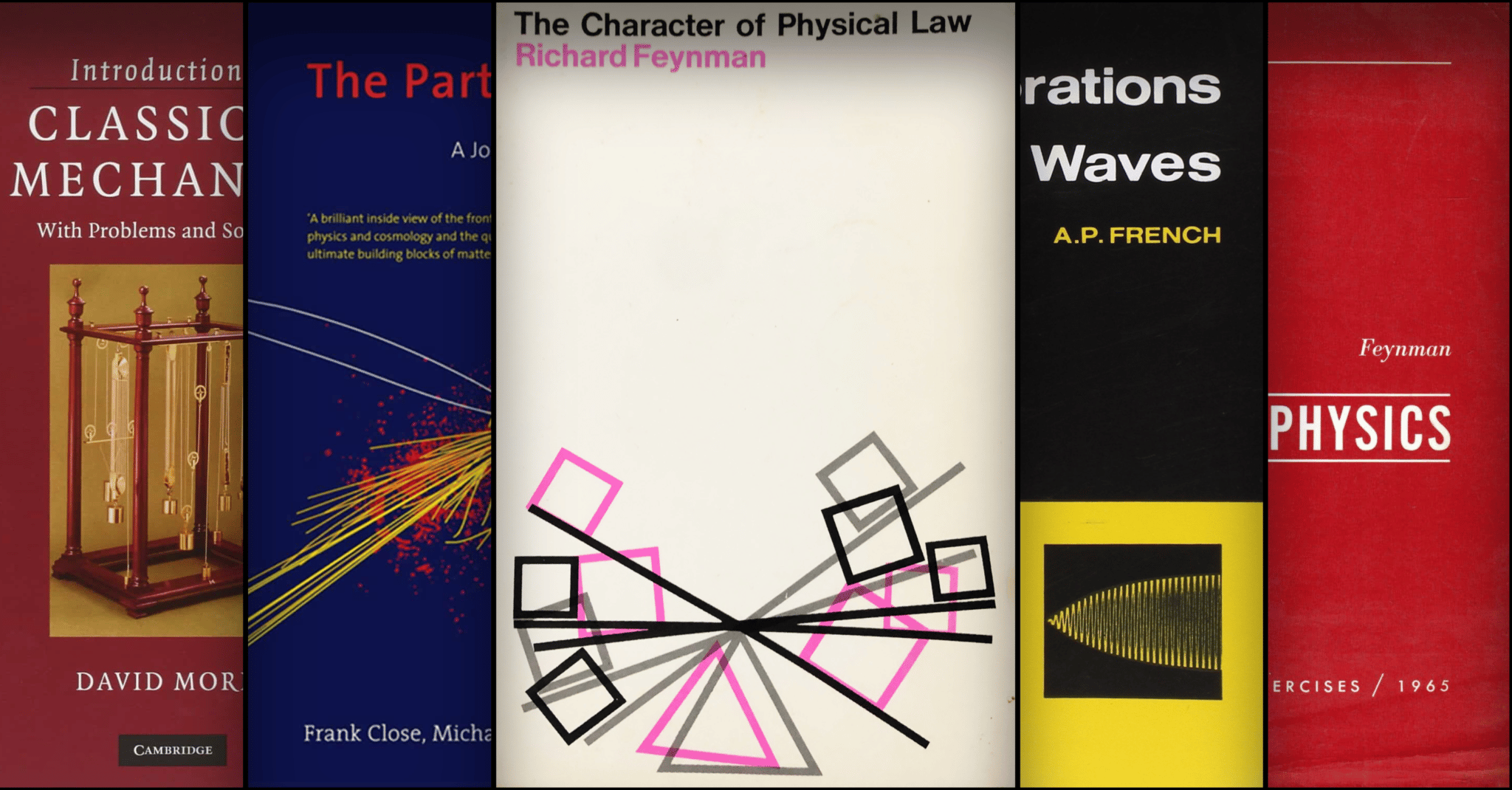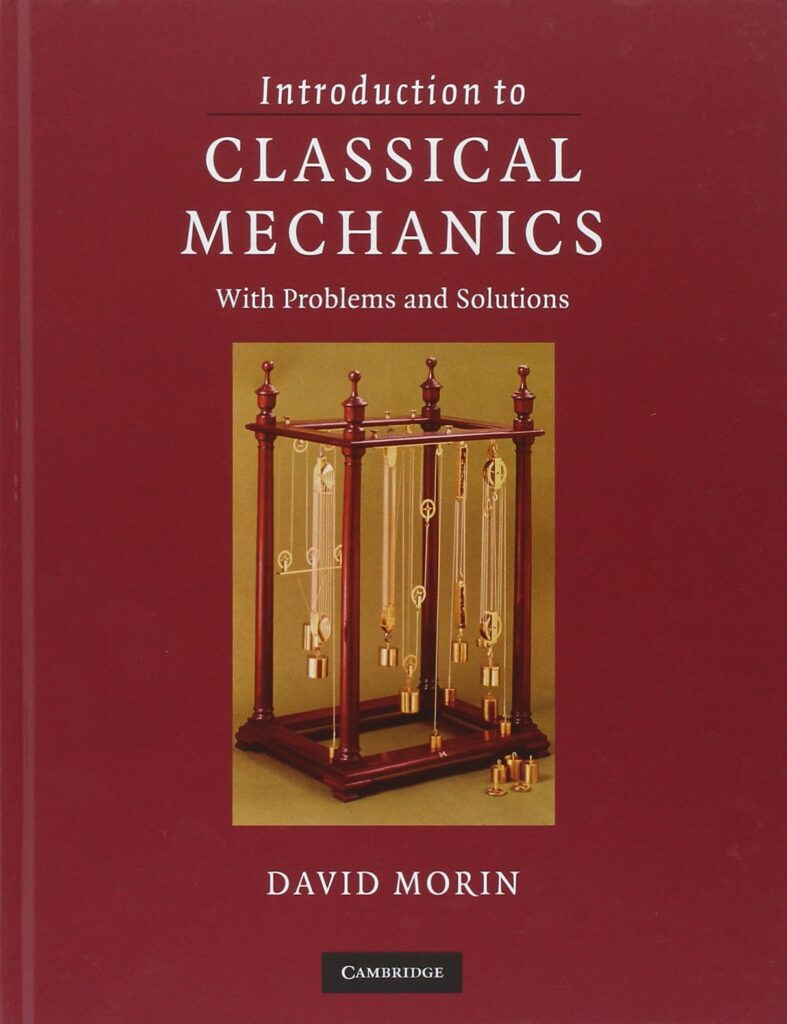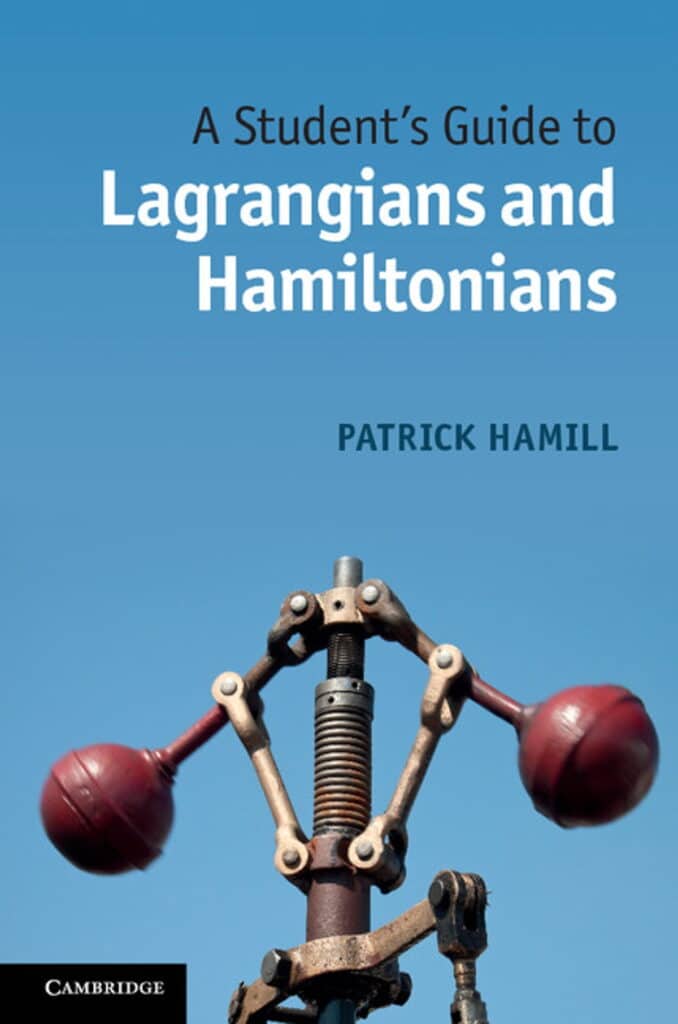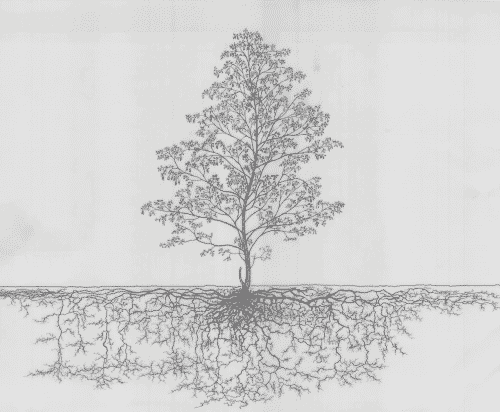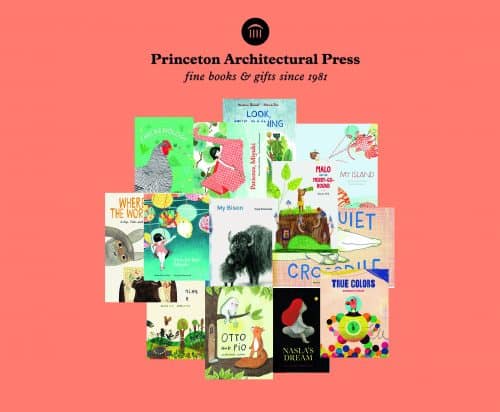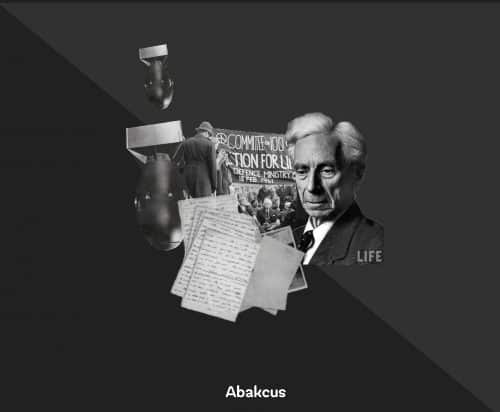Learning physics is open to everyone, and it is the same as learning computer programming or how to make a delicious pizza! Good physics textbooks help you learn physics. And then you will have a chance to understand the things around us or our universe, which might be the most beautiful experience you can ever have.
To learn physics effectively, it is important to understand the fundamentals first. A good way to start is by getting a grasp of the fundamentals of physics by reading good physics textbooks. There are many great popular books on physics, starting from introductory courses to more advanced topics such as quantum mechanics. Reading these books will give you a solid understanding of the basic concepts and help you learn the language of physics.
What are the name of the best physics textbooks?
Once you have a good grasp of the basics, you can start exploring further topics like thermodynamics, quantum mechanics, electricity and magnetism, etc., in more detail with the best physics textbooks. You can learn and understand complex topics easily and straightforwardly with the right books. In addition to reading physics textbooks, you can strengthen your foundation by solving problems from good physics problem books.
Again, learning physics is definitely achievable with dedication and hard work. So if you are interested to learn physics, start by reading these good books below, and do not forget to practice what you learn! You can also check out “22 Best Physics Textbooks, According to a Harvard Ph.D. Student in Physics.”
Good luck on your learning journey!Best
With over 300 pictures, the vast majority in full color, The Particle Odyssey takes us on a breathtaking journey into the realm of subatomic particles.
Over a hundred of the finest photographs ever taken of particle ‘events’ are collected here, depicting the mysterious, abstract, and often beautiful photographs of the tracks of subatomic particles as they speed, curve, dance, or explode through cloud and bubble chambers, stacks of photographic emulsion, and gigantic multi-element detectors. Spiraling electrons, the telltale vees of odd particles, matter and antimatter formed from raw energy, energetic jets of particles spewing out from the disintegration points of quarks and gluons, all of these and more are depicted in the book.
The graphically written account of the pivotal experiments and fundamental findings that lead to our current understanding of the nature of the universe provides a fitting complement to the images. All the major subatomic particles are shown, from the electron to the recently found top quark. From the discovery of X-rays in 1895 to the dissection of the atom by Rutherford and others to the unexpected discoveries of cosmic rays to the discovery of quarks and the establishment of the “standard model” in the late 20th century, the authors trace the history of experimental particle physics. Further, they investigate the most pressing issues in modern physics, such as: where did antimatter go? We need to know more about this mysterious “dark matter.” Can we have an all-encompassing theory?
The Particle Odyssey is the ideal present for scientific nerds, as it will fascinate anyone curious about the inner workings of the atom.
John Taylor has brought to his new book, Classical Mechanics, all of the clarity and insight that made his introduction to Error Analysis a best-selling text.
Introduction to Classical Mechanics covers all the traditional beginning topics in classical mechanics, including planetary motion, special relativity, Newton’s laws, oscillations, energy, momentum, and angular momentum. In addition, it delves into more complex subjects, including general relativity, fictitious forces, gyroscopic motion, normal modes, and the Lagrangian approach. It includes over 250 problems, each followed by a comprehensive solution, allowing students to test and improve their grasp of the material readily. There are also over 350 activities that have not been completed, all of which are suitable for use as homework.
Based on the sheer volume of problems it contains, this book is perfectly suited to serve as a supplementary text for any level of undergraduate physics courses that focus on classical mechanics. It is comprehensively illustrated with more than 600 illustrations to assist in the demonstration of essential concepts, and it contains remarks that are dispersed throughout the text that highlight subjects frequently skipped over in other textbooks.
A concise but rigorous treatment of variational techniques, focussing primarily on Lagrangian and Hamiltonian systems, this book is ideal for physics, engineering, and mathematics students. A Student’s Guide to Lagrangians and Hamiltonians begins by applying Lagrange’s equations to several mechanical systems.
It introduces the concepts of generalized coordinates and generalized momentum. Following this, the book turns to the calculus of variations to derive the Euler–Lagrange equations. It introduces Hamilton’s principle and uses this throughout the book to derive different results.
The Hamiltonian, Hamilton’s equations, canonical transformations, Poisson brackets, and Hamilton–Jacobi theory are considered next. The book concludes by discussing continuous Lagrangians and Hamiltonians and how they relate to field theory. Written in clear, simple language and featuring numerous worked examples and exercises to help students master the material, this book is a valuable supplement to courses in mechanics.
Problems and Solutions in Introductory Mechanics is ideal for high-school and college students searching for practice problems with detailed solutions. All of the standard introductory topics in mechanics are covered: kinematics, Newton’s laws, energy, momentum, angular momentum, oscillations, gravity, and fictitious forces.
The introduction to each chapter provides an overview of the relevant concepts. Students can then warm up with multiple-choice questions before diving into the free-response problems that constitute the bulk of the book. The first few problems in each chapter are derivations of key results/theorems useful when solving other problems. While the book is calculus-based, it can also easily be used in algebra-based courses. The problems that require calculus are listed in an appendix, allowing students to steer clear of those if they wish

